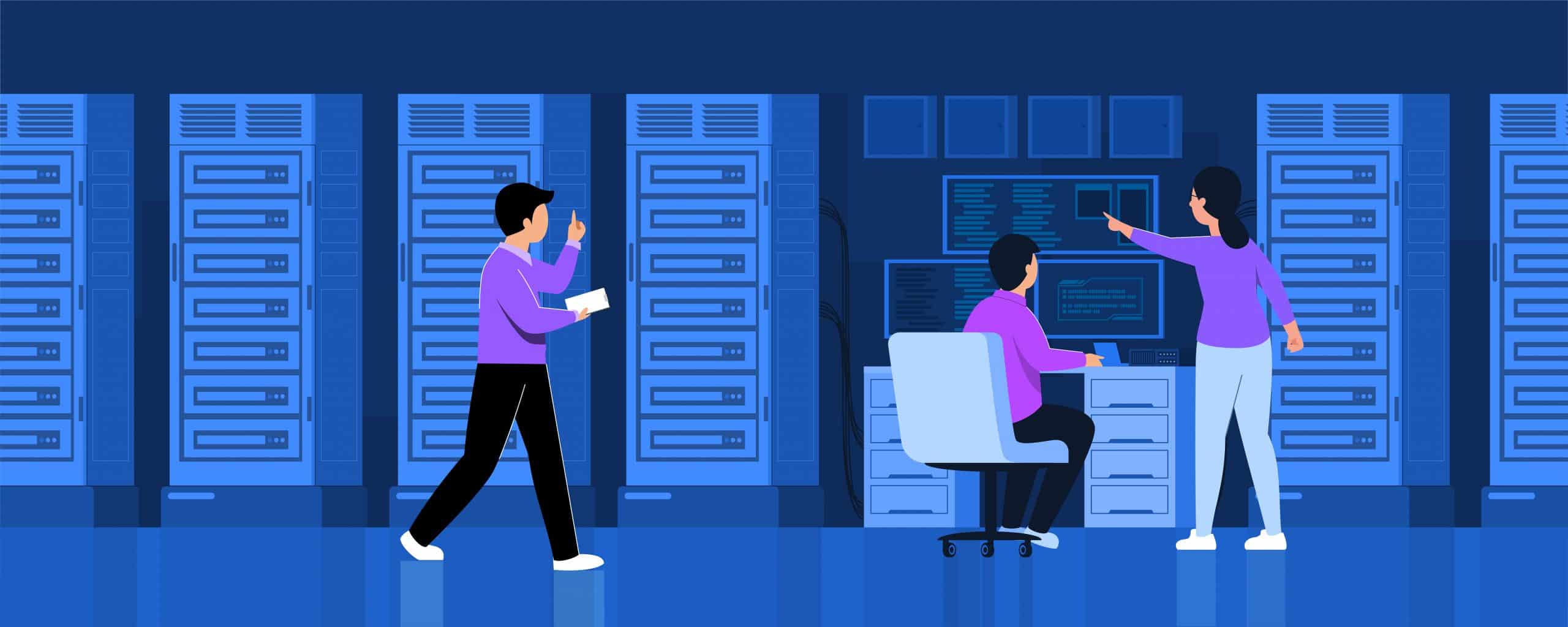Serverless computing has emerged as a transformative paradigm in cloud computing and is led by Sreyas’s extensive experience in this field. It also offers our developers a way to build and deploy applications without managing servers. This documentation provides an in-depth exploration of automatic scaling in serverless computing, including its principles, benefits, use cases, and best practices, all through the lens of our expertise.
What is Serverless Computing?
Serverless computing is often called Function as a Service (FaaS). It is a cloud computing model where cloud providers dynamically manage the allocation and provisioning of servers. We have successfully implemented numerous serverless solutions, which allow our developers to write and deploy code in the form of functions that trigger events, executing in ephemeral containers. Unlike traditional server-based architectures, serverless applications scale automatically. We have found this model highly cost-effective, billing developers only for the compute resources consumed during function execution.
Key Concepts
- Functions: Individual functions compose serverless applications. We have employed these functions, each is responsible for executing a specific task or responding to an event.
- Event Triggers: Various events trigger functions, such as HTTP requests, database changes, file uploads, or scheduled events. Our projects have leveraged these triggers to create responsive and efficient applications.
- Statelessness: We have used functions that are stateless and short-lived, meaning they do not maintain persistent connections or state between invocations. We have adeptly handled these constraints to build robust applications.
- Auto-scaling: Cloud providers automatically scale the execution environment to match the incoming workload, ensuring optimal performance and resource utilization. Thus it helps our developers to handle varying workloads seamlessly.
- Pay-per-use Billing: Developers are billed based on the number of function invocations and duration, which eliminates the need to provision and manage fixed server instances. We have optimized costs for clients using this billing model.
Benefits of Automatic Scaling in Serverless Computing
- Automatic Scalability: Serverless applications can handle unpredictable and bursty workloads with ease, as resources scale automatically in response to demand. Our implementations have consistently demonstrated superior scalability.
- Cost Efficiency: By eliminating the need to provision and manage servers, serverless computing can lead to significant cost savings, especially for applications used sporadically. Thus we have helped our clients to achieve notable cost reductions.
- Faster Time-to-Market: Our projects have reached deployment phases rapidly. Since our developers can focus on writing code and implementing business logic rather than managing infrastructure, resulting in faster development cycles and time-to-market.
- Reduced Operational Overhead: Serverless platforms handle infrastructure management tasks such as provisioning, scaling, and monitoring, reducing operational complexity and overhead. Thus our expertise ensures minimal operational burden.
- High Availability and Fault Tolerance: Cloud providers manage the underlying infrastructure, ensuring high availability and fault tolerance without requiring manual intervention from developers. Our deployments have benefited from these features.
Use Cases of Automatic Scaling in Serverless Computing
- Web Applications: We have developed several serverless applications. This architecture is well-suited for building web applications, APIs, and microservices where scalability, cost efficiency, and rapid development are critical.
- Real-time Data Processing: Serverless functions process streaming data from IoT devices, sensors, or event streams, enabling real-time analytics and insights. Our solutions in this area have provided valuable real-time data processing with automatic scaling in serverless computing.
- Batch Processing and ETL: Serverless platforms can execute batch processing jobs and extract-transform-load (ETL) tasks on demand, processing large volumes of data efficiently because of automatic scaling in serverless computing. We have handled extensive ETL operations serverlessly.
- Background Tasks and Scheduled Jobs: We have implemented numerous tasks such as data backups, report generation, or database maintenance without needing dedicated servers.
- Chatbots and Voice Assistants: We have developed interactive bots and assistants using serverless functions. These interactive bots and assistants can power conversational interfaces, chatbots, and voice assistants, handling user interactions and backend integration seamlessly.
Best Practices
- Decompose Applications into Small Functions: Our designs follow a modular approach in which the applications are broken down into smaller focused functions. This can be independently deployed, tested, and scaled.
- Optimize Function Performance: We have fine-tuned functions for peak performance. It minimizes function execution time and resource usage by optimizing code, reducing dependencies, and leveraging caching mechanisms.
- Use Managed Services: We extensively leverage managed services. It is made available by the cloud providers for databases, storage, authentication, and other common tasks to reduce complexity and operational overhead.
- Implement Security Best Practices: We secure our serverless applications by implementing proper authentication, authorization, encryption, and input validation mechanisms. Thus we ensure all our deployments meet stringent security standards.
- Monitor and Debug: Use monitoring and logging tools to track function invocations, performance metrics, errors, and exceptions, and proactively identify and debug issues. Our projects incorporate comprehensive monitoring and debugging.
Getting Started
To get started with serverless computing, we chose a cloud provider that offers serverless platforms such as AWS Lambda, Azure Functions, or Google Cloud Functions. Each provider offers comprehensive documentation, tutorials, and SDKs that help us to build and deploy serverless applications quickly and easily. We recommend starting with small projects to get familiar with the concepts and gradually scaling up.
Conclusion
Serverless computing represents a paradigm shift in cloud computing. It enables our developers to focus on building and delivering value-added functionality without the burden of managing servers. Our extensive experience in serverless computing helped us to understand its principles, benefits, and best practices, allowing it to harness its power to build scalable, cost-effective, and resilient applications in the cloud.
Sreyas, a serverless computing expert, leads our team in offering comprehensive serverless solutions globally. We design, develop, deploy, and maintain serverless applications leveraging our experience with function design, event triggers, and cost optimization. Partner with us to harness the power of serverless computing for your business.







